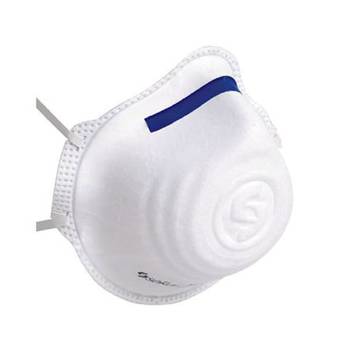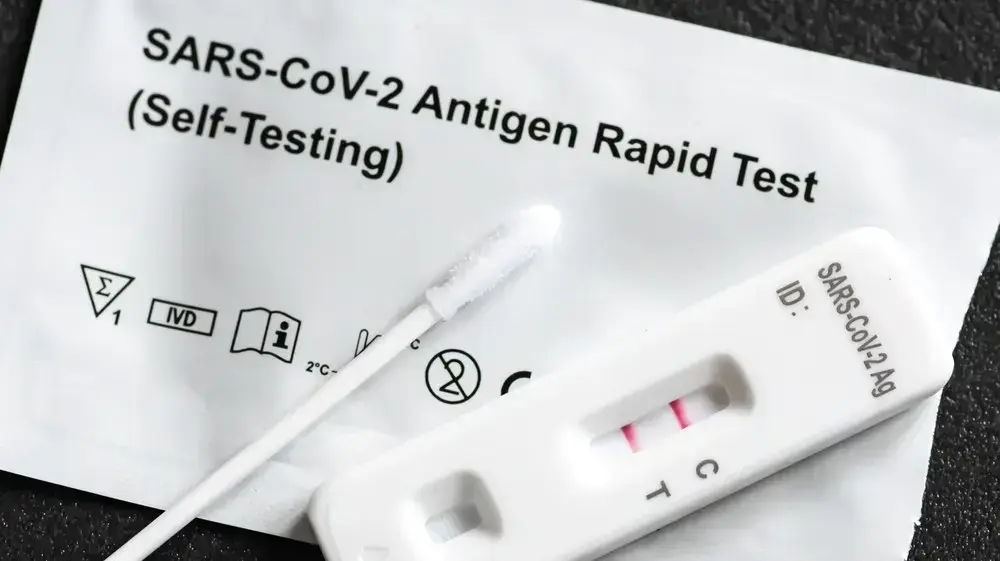There are those who use parchment paper, some gauze and kitchen foil, some who even pulls on the bra cup. The web is full of extravagant ideas and more or less credible tutorials to make masks against coronavirus at home, but to make really useful tools you need to respect certain indications. This is explained by Claudio Galbiati, president of the Safety section of Assosistema, who in Confindustria represents the manufacturers and distributors of personal protective equipment (Dpi).
Do-it-yourself masks
Do-it-yourself masks " do not protect us from the coronavirus, but can act as a barrier to the outside to prevent the wearer from spreading the infection: in a certain sense they imitate surgical masks, but have a much more limited functionality because they do not adhere well to the face and the air passes easily from the edges, "says the expert.
Surgical masks
The surgical masks are made up of 2 or 3 layers of non-woven fabric (in polyester or polypropylene fibers) which filter the outgoing air and protect against splashes of liquid, such as saliva emitted by coughing or sneezing.
Surgical mask (source: AlexChirkin, Wikipedia)
In the same way, continues Galbiati, "do-it-yourself masks should have a waterproof layer and several filter layers of non-woven fabric, made for example with gauze compresses".
Ffp2 and Ffp3 masks
A completely different effect for the Ffp2 and Ffp3 masks intended for healthcare personnel. "They are made with three layers of non-woven fabric of different densities", explains the expert. "The outer layer protects against coarse dirt, the intermediate layer filters while the inner layer gives shape to the mask and protects the filter from the humidity of the breath".
Ffp2 mask (source: Assosistema-Safety)
The filtering layer "first of all has a mechanical effect , because it makes the passage of air tortuous by blocking the entry of larger particles, up to 10 microns in diameter ; but its real secret lies in having an electrostatic charge, which attracts and holds particles smaller than 5 microns ".
Ffp3 mask with exhalation valve (source: Assosistema-Safety)
The charge must remain stable over time and generally lasts from 3 to 5 years . "However, the mask must be replaced after a certain time of use because it loses adherence to the face ", recommends Galbiati.
The Ffp2 filter over 92% of the particles suspended in the air, while the Ffp3 arrive at values equal to or greater than 98% . "There are also Ffp2 and Ffp3 masks that have a valve to facilitate exhalation: designed for those who work on construction sites, they could be dangerous if worn by infected people, because they do not filter the outgoing air ", underlines the expert.
Semi rubber masks with interchangeable filters
A separate chapter for "half-masks made of washable silicone rubber, on which interchangeable filters can be mounted: as effective as traditional Ffp2 and Ffp3, they have the advantage of being reusable . As an association - concludes Galbiati - we are developing a protocol to disinfect also the filters, with an exposure at 70 degrees for 30 minutes ".













